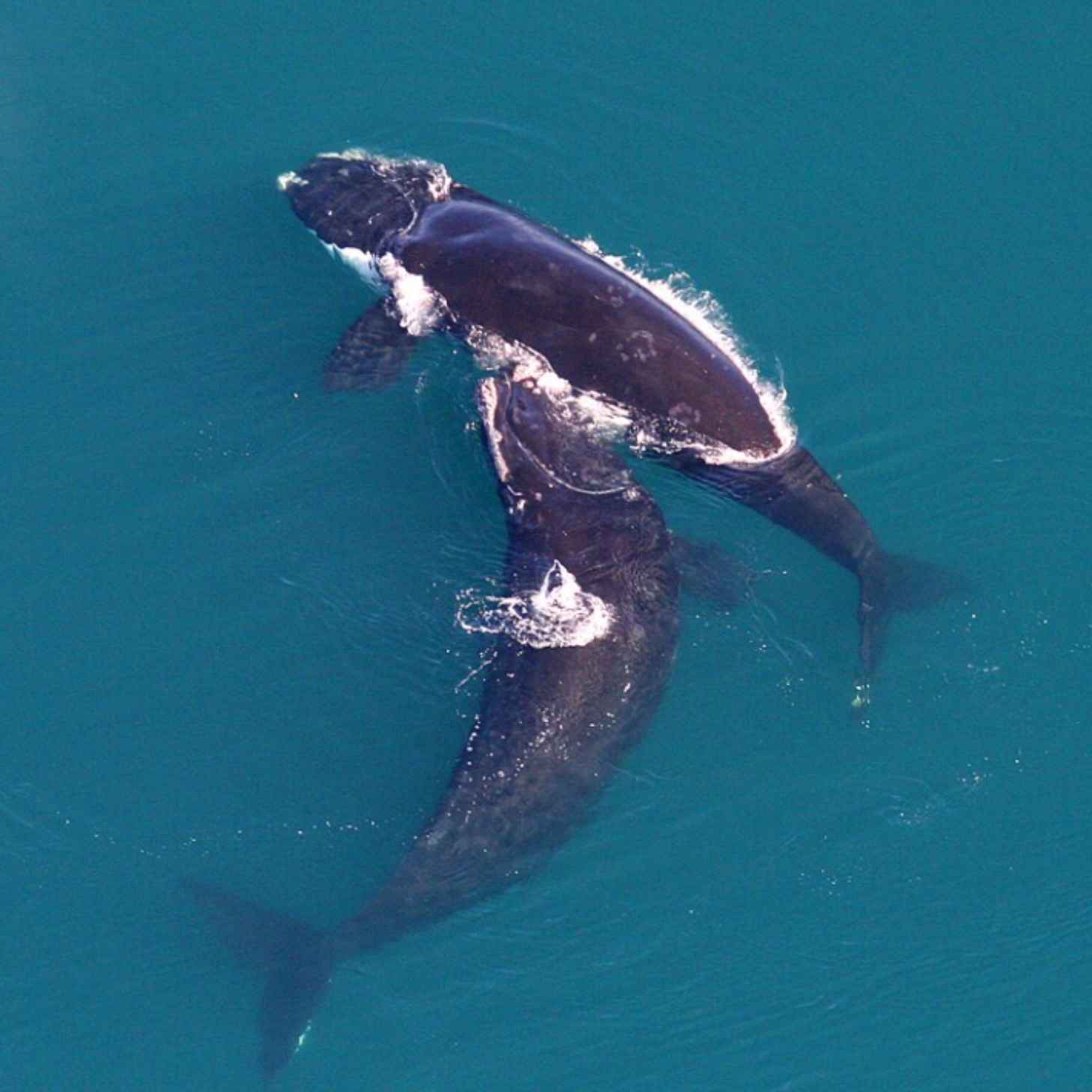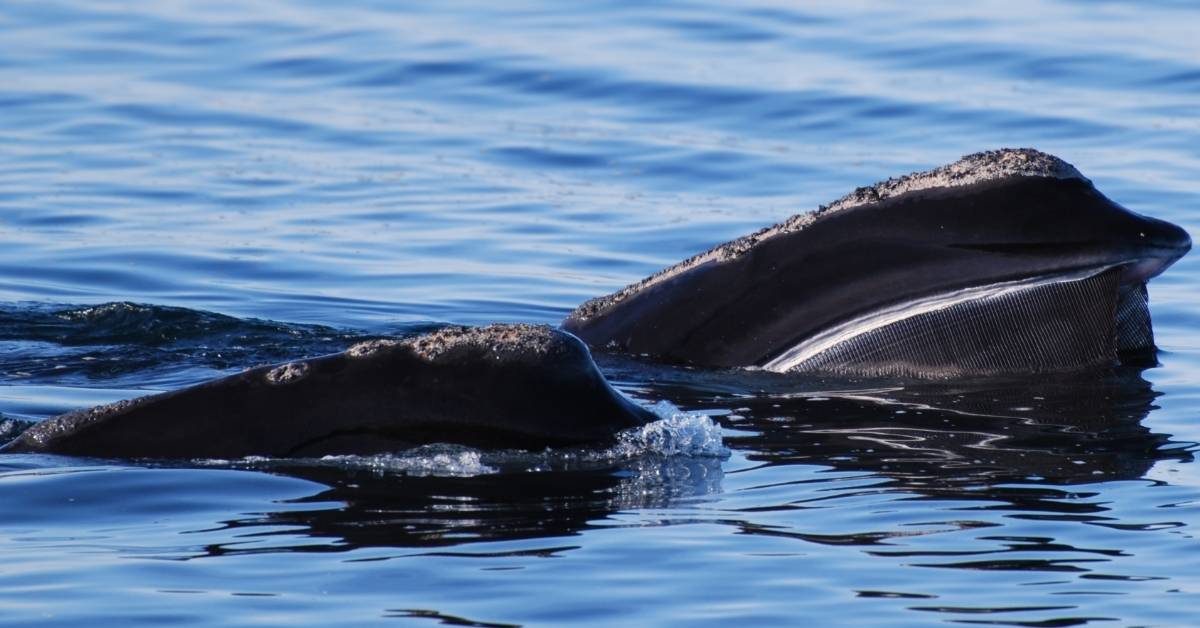One of the world’s most endangered whales finally has a glimmer of good news on the horizon.
Ahead of their annual meeting at the New Bedford Whaling Museum in New Bedford, Massachusetts, the North Atlantic Right Whale Consortium released an exciting report: the population estimate for the right whale was 384 in 2024, an eight-whale increase from the previous year.
Additionally, the New England Aquarium said that the rare whale species has shown “slow growth” in the last four years overall.
Although it may appear like a small improvement, it is a considerable milestone for a gentle giant that has been careening towards extinction.
Senior scientist Heather Pettis, who leads the right whale research program at the aquarium, acknowledged the progress that she’s seen.
In a statement, she said that it’s always a great feeling when she can “share positive news about this critically endangered species.”
“The slight increase in the population estimate, coupled with no detected mortalities and fewer detected injuries than in the last several years, leaves us cautiously optimistic about the future of North Atlantic right whales,” Pettis said.
But she also emphasized that they have a lot of work ahead of them.
“With small population increases year to year, we still need strong protective measures for continued growth,” she advised. “We don’t want to take our foot off the gas when it comes to management and conservation efforts.”
Although they gained protection from whaling in the 1930s, the North Atlantic right whale remains at risk when it comes to vessel strikes and entanglements with fishing gear.

In December 2024, an unnamed right whale known as Catalog #5110 was found entangled far offshore and later seen in April in Cape Cod Bay, still carrying fishing gear.
Despite efforts from multiple organizations, only a small amount of gear was removed, and the whale broke away with rope still entangled in its mouth.
“The case of Catalog #5110 is a sad reminder of not only the persistent challenges to the survival and recovery of this species but also the prolonged suffering these individual whales endure,” said Pettis.
“The effort that went into trying to assist this animal was tremendous, and yet it remains carrying a life-threatening entanglement,” she continued. “The ultimate goal is to prevent these entanglements from happening in the first place.”
Philip Hamilton, a senior scientist in the Aquarium’s Anderson Cabot Center, addressed how difficult it can be to stop entanglements before they occur.
“Detecting entanglements is challenging as it requires two things to align: people to be looking and whales to be present in those times and locations where they’re looking,” Hamilton said.
“That’s why it is so important to have continued collaboration with state, federal, and private entities to ensure right whales are monitored throughout their range in the U.S. and Canada.”

Amidst the good news of a slight population increase, the 2025 calving season fell short of researchers’ expectations with only 11 calves.
Notably, two mother-calf pairs were first spotted in unusual locations: “Accordion” off New York in February and “Monarch” in Cape Cod Bay in April.
Hamilton also pointed out that four of the calves were born to first-time mothers, to the aquarium’s delight.
“In recent years, right whales have been delaying giving birth to their first calf until they are older. It is encouraging to see four of these older females join the reproductive pool this year,” Hamilton said. “The future of the species rests on their broad backs.”
More than 450 people — including conservationists, marine biologists, fishing experts, and government figures — are currently attending the Consortium’s annual meeting, which wraps on October 23.
Following the conference, the Consortium will prepare a comprehensive annual report detailing the status of the species, ongoing survey, management, and research efforts, and providing recommendations for future action.
The report is expected to be released in early 2026.
“The road to recovery for this population is long,” Pettis said, “and we look forward to continued collaborations with our partners to ensure the ocean is safer for right whales.”
You may also like: Conservation efforts helped humpback whales rebound from near-extinction
Header image via Wikimedia Commons / National Marine Sanctuaries



